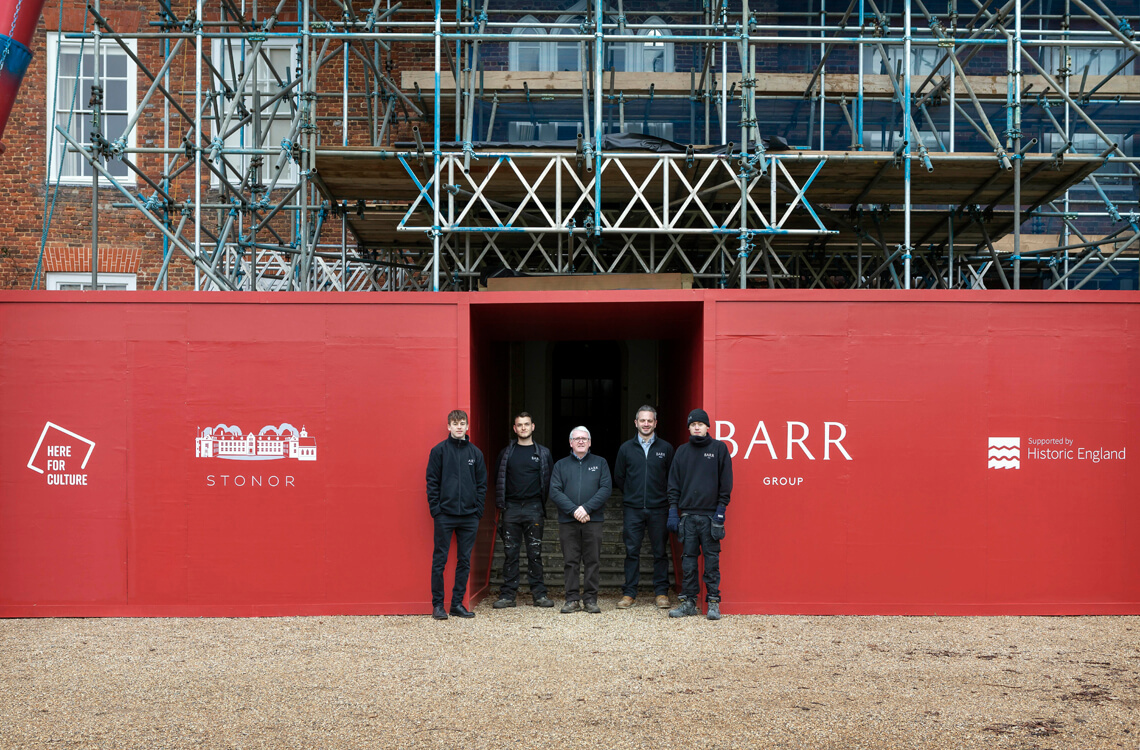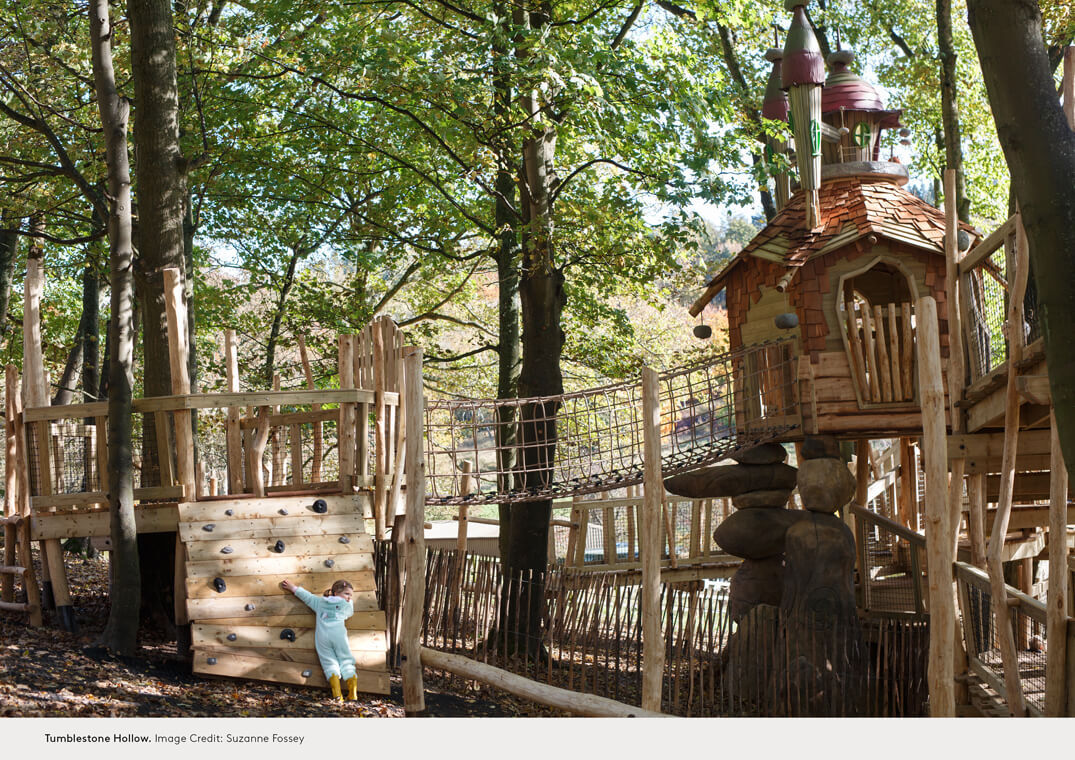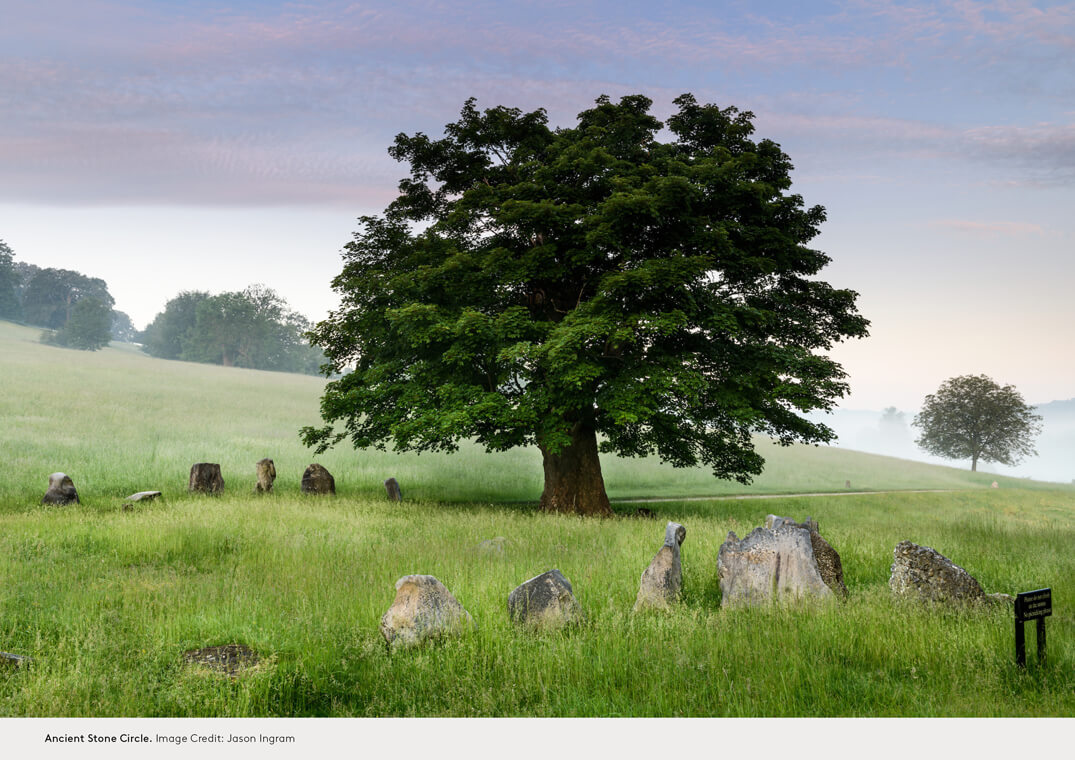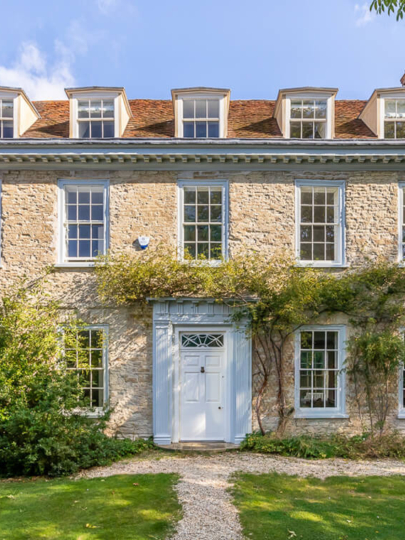The Stonor Park journey
A chapter supported by Historic England and the government’s Here for Culture initiative.

Set amongst 250 acres of deer park, just a few miles north of Henley, Stonor Park is one of the oldest family homes still lived in today. Having been inhabited by the Stonor family for over 850 years, the house is now the residence of the Hon. William Stonor and his wife, Lady Ailsa, who became its full-time custodians in 2016.
Not a job for the faint-hearted… a structure of great age and beauty, Stonor proffers constant demands for care and attention.
In 1979 Stonor Park opened its doors to the public for the first time in an effort to contribute to the revenue required to fund its never-ending upkeep. The house itself is delightfully eclectic. A grand and cohesive red brick façade was added in 1580, behind which sits ten distinct buildings, all of which have been adapted over the past eight centuries, making the house a fascinating collection of contrasting architectural styles and a feast of surprises for any unsuspecting visitor.

Recognised by Historic England as a building of national importance, Stonor Park was recently the recipient of a ‘Here for Culture’ grant (for more information please see footnote below), which has allowed for this further phase of vital repair works to the roof, chimney stacks, fenestration and brick façade. Barr Build are currently privileged to act as principal contractor on the project; proud to play a part in the structural journey of this truly outstanding building.
Working to the considered restoration plans and specification of Nick Cox Architects, the wider construction team are in very safe hands. Nick and his team specialise in the repair and conservation of historic buildings and have looked after the structure and fabric of Stonor Park, amongst other great institutions of national significance, for over 20 years and therefore have a deep understanding of the building’s structure and requirements. Also instrumental in the project are Structural Engineers Price and Myers and Chartered Surveyors MEA - creating a strong and rigorous project team.
““It is fantastic that Historic England are able to work with organisations like the DCMS and other funding bodies to provide vital funds for heritage restoration projects”.”
Like the rest of the building, the roof of Stonor Park holds more than just architectural significance. Indeed, an infamous slice of religious history played out in its attic, where St Edmund Campion – a Jesuit priest, canonised in 1970 – hid while printing his controversial anti-protestant pamphlet, ‘Ten Reasons’, in 1581. The hiding space, a brilliantly concealed priest’s hole, is still there to see, and the affectionately named ‘Campion Roof’ continues to be the cause for ongoing hefty repairs.

The build site at Stonor has been carefully set up to ensure the safety of residents and visitors alike and is running to a tight schedule to ensure completion in time for an exciting summer events programme. With kind permission from the Stonor household team, we popped over last week to take a look at the works in progress. Hidden behind a smart run of hoarding is an impressive three-storey scaffold structure and a hive of activity. William’s choice of brick-red paint for the hoarding was a first for Barr Group, but in William’s words “black may look a little dull” and he was absolutely right…. One thing that can be said about Stonor for sure – it is very far from dull!

The same can be said of Stonor Park’s other facilities, offering something for all members of the family, including Tumblestone Hollow, the impressive adventure playground that opened in April 2021. Created by expert designers at CAP.Co, it is intended to fire the imagination and bring out the adventurous spirits of its young visitors. The storybook The Legend Of Tumblestone Hollow, inspired by the characters who are said to reside at the playground, plays to the mysticism of Stonor’s original ancient stone circle, which can also be explored in the parkland.
Stonor Park house and gardens re-open on Easter Sunday and will be open on Sundays and Bank Holidays throughout the summer. To plan your visit and to peruse the full events programme click here.

Footnote: Over the past two years Historic England has worked in collaboration with the government’s Department for Digital, Culture, Media and Sport (DCMS) to secure a vital funding stream for heritage sites. The underlying driver is to boost local economies, and in particular create work for skilled trades within the construction industry, by funding urgent conservation work, repairs and adaptation of a broad range of locally-loved historic buildings and places, where support is most needed.

The Bix Farm Story
Bix Farm lies deep in an Oxfordshire valley, surrounded by fields and woodland, in striking distance of Henley-on-Thames. Bordered by country lanes, with open views to the fields and the rolling hillside, the farmstead is incredibly picturesque and wonderfully secluded.
Read More

